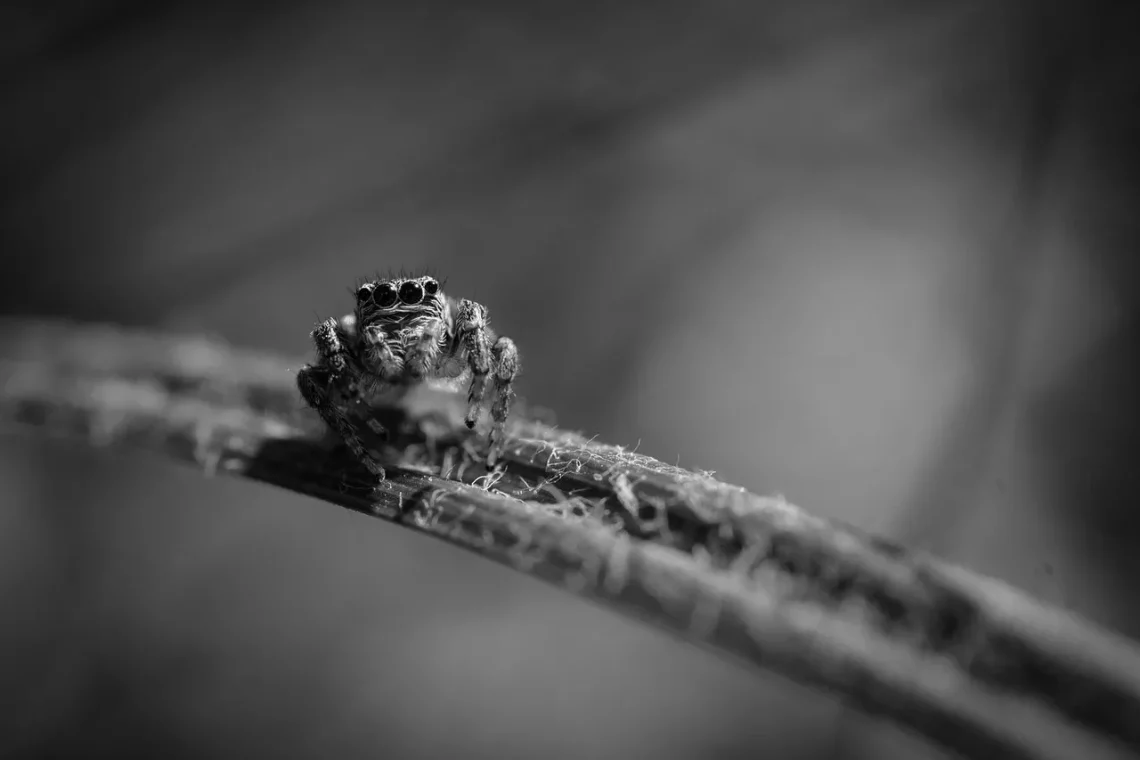
Understanding Black Widow Spider Nests: Identification and Safety Tips
Understanding the intricate world of spiders can be both fascinating and alarming, especially when it comes to species like the black widow. Known for its distinctive appearance and potent venom, the black widow spider has garnered a reputation that often leads to misunderstandings and fear. In various environments, from urban settings to rural landscapes, these spiders can establish their presence, often going unnoticed until their webs are discovered.
The nests or webs of black widow spiders are crucial to their survival, serving as both a hunting ground and a place for laying eggs. Understanding how to identify these nests is essential for anyone who may come into contact with them, whether at home or in the wild. Awareness of their nesting habits can help mitigate risks and foster a greater appreciation for these complex creatures. While it’s important to respect their role in the ecosystem, knowing how to recognize their nests and take appropriate safety measures is vital in ensuring that both humans and spiders can coexist peacefully.
Identifying Black Widow Spider Nests
Identifying a black widow spider nest can be a daunting task, especially for those unfamiliar with these creatures. The nests themselves are not elaborate structures but rather simple webs that are often found in secluded areas. Black widows prefer dark, undisturbed spots where they can easily catch their prey. Common locations include basements, attics, sheds, and even outdoor spaces like woodpiles or under rocks.
The web of a black widow is typically irregular and messy, lacking the symmetrical shape associated with other spider species. It is often described as being more tangled and chaotic, which is ideal for trapping insects. The silk used by black widows is strong and sticky, enabling them to ensnare their prey effectively. When inspecting an area for black widow nests, look for these characteristics: a web that appears dusty or dirty, as it may not be regularly maintained, and an absence of other spiders, which indicates the dominance of the black widow.
Another key feature to look for is the presence of egg sacs. Female black widows produce round, whitish egg sacs that can contain dozens of eggs. These sacs are often hidden within the web, making them harder to spot. If you see a web with a round, white sac attached, it is advisable to exercise caution, as it may indicate the presence of a black widow spider.
In addition to physical characteristics, understanding the behavior of black widows can aid in identifying their nests. These spiders are primarily nocturnal, which means they are more active at night. During the day, they tend to stay hidden, making their nests less visible. If you disturb their environment, you may see them retreat quickly to a dark corner or crevice, which can be a sign that you’ve encountered a black widow nest.
Safety Precautions When Encountering Black Widow Nests
When you come across what you suspect to be a black widow spider nest, taking the right safety precautions is crucial to avoid unwanted encounters. First and foremost, it’s important to remain calm and avoid sudden movements that could provoke the spider. Black widows are generally not aggressive and will only bite in self-defense. Observing from a safe distance can provide you with the information you need while keeping you out of harm’s way.
Wearing protective clothing is one of the first steps you can take if you need to work in an area where black widow nests are present. Long sleeves, gloves, and sturdy footwear can provide a barrier against potential bites. It is also advisable to use tools such as a broom or a stick to disturb the web from a distance rather than using your hands. This way, you can assess the situation without putting yourself directly in harm’s way.
If you have confirmed the presence of a black widow nest in or around your home, it may be wise to contact pest control professionals. They can safely remove the spiders and their webs without risking exposure to venomous bites. Attempting to remove the nest yourself can lead to accidental bites, which can result in serious health issues.
In cases where you or someone else has been bitten, it is critical to seek medical attention immediately. Symptoms of a black widow bite can include severe pain, muscle cramps, and other systemic reactions. While bites are rare, knowing the signs can help you respond quickly if necessary.
Ultimately, respecting the space of these spiders while taking necessary precautions is the best approach. Black widow spiders play a role in controlling pest populations, and when left undisturbed, they can contribute to a balanced ecosystem.
The Ecological Role of Black Widow Spiders
Understanding the ecological role of black widow spiders can help alleviate some of the fear surrounding them. These spiders are not just dangerous; they are also beneficial predators. By keeping insect populations in check, black widows contribute to the health of their ecosystems. Their primary diet consists of insects, including flies, mosquitoes, and even other spiders.
In many ways, black widows are an essential part of the food web. While they may be feared by humans, they are preyed upon by various birds, reptiles, and other mammals. This predatory behavior helps maintain a balance among species and prevents the overpopulation of certain pests.
Moreover, black widows have adapted well to human environments. They are often found in gardens, garages, and basements, where they can thrive due to the abundance of insects. This adaptability is a testament to their resilience and ability to coexist with humans, albeit sometimes in uncomfortable proximity.
Understanding their ecological role can foster a greater appreciation for these spiders. Instead of viewing them solely as threats, considering their contributions to controlling pest populations can help shift perceptions. Educating others about the importance of black widows may encourage more people to approach the situation with caution rather than fear.
In conclusion, while black widow spiders can pose risks, they also play a vital part in maintaining ecological balance. Recognizing their role in the environment can help mitigate the negative stigma surrounding them, allowing for a more harmonious coexistence.
Dealing with Black Widow Infestations
If you find that black widow spiders have made a home in your property, dealing with an infestation requires a strategic approach. The first step is to identify the extent of the infestation. Look for signs of webs, egg sacs, and the presence of spiders in various locations. It’s essential to be thorough, as missing a single nest can lead to continued issues.
Preventative measures can also be effective in reducing the likelihood of an infestation. Keeping your home tidy and free of clutter can eliminate potential hiding spots for spiders. Regular cleaning, particularly in dark corners, basements, and attics, can help deter black widows from establishing nests.
Sealing cracks and openings in your home can also prevent entry. Black widows are skilled at squeezing through small spaces, so ensuring that windows and doors are properly sealed can reduce the chances of them getting inside. Outdoor maintenance is equally important; trimming vegetation and removing debris from the yard can diminish the environments that attract these spiders.
If you do opt for chemical treatments, ensure that they are safe and appropriate for indoor use. Always follow the manufacturer’s instructions and consider consulting with pest control professionals who can provide targeted treatments.
In conclusion, addressing a black widow infestation can be a manageable task with the right approach. By combining identification, prevention, and professional assistance, you can create a safe environment while respecting the role of these spiders in the ecosystem.
**Disclaimer:** This article does not constitute medical advice. If you experience a bite or any health-related issues, it is crucial to seek the advice of a qualified healthcare professional.




